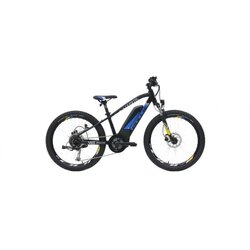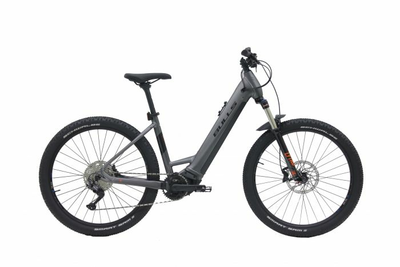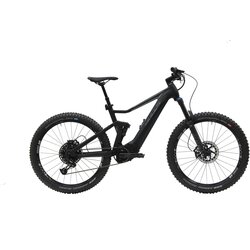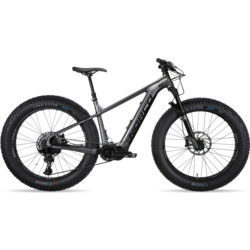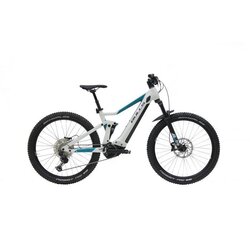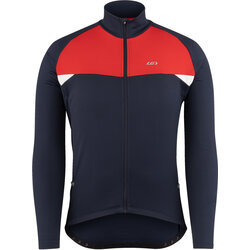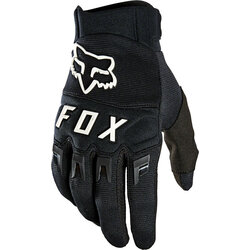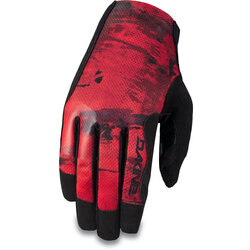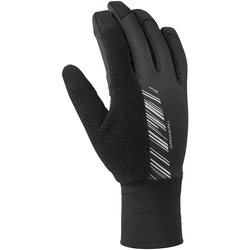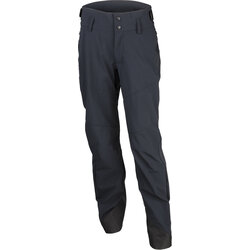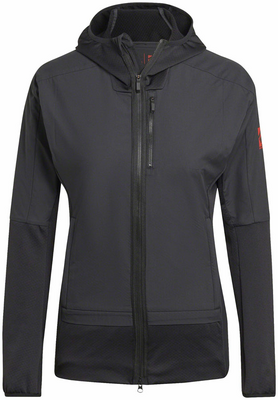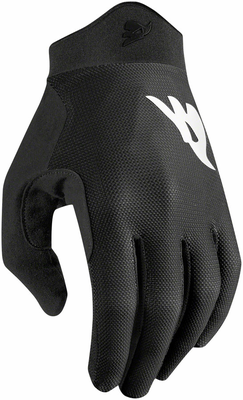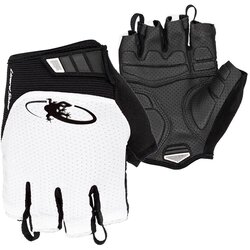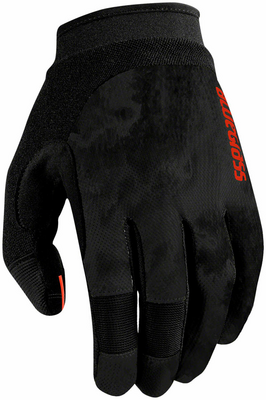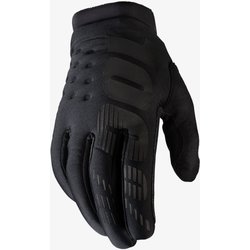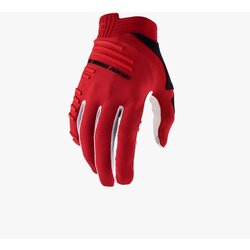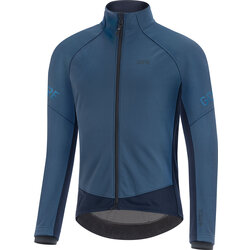Winter Riding & Winter Storage of your E-Bike - Guide
Colder weather is upon us and you may be wondering how to store your electric bike over the colder months. Maybe you want to continue riding, exercising, and enjoying the beautiful outdoors and wonder if you can ride your cool e-bike during the brisker, wetter months of the year.
Here at Great Western E-Bikes we have you covered with whatever you choose to do, and we have the tips, tricks, and solutions to keep you confident about riding or storing your e-bike in the best possible condition to protect your investment and keep you safe and warm!
Winter Storage of your electric bike
Most bikes will sit for a few days between rides now and then but, if you plan on not riding your electric bike for prolonged periods of time, especially during the Winter months, there are several factors to consider and best practices to be aware of to protect your ride.
Clean before storing for the Winter
E-Bikes are water resistant and tolerant but E-Bikes are not water proof and should not be ridden in heavy rain, deep water or mud puddles, or emerged in water as this can cause internal and devastating damage to the electric components of your E-Bike.
So, after every ride and before storing your e-bike for the Winter, be sure to thoroughly clean and dry your e-bike. Give it a good wash with your favorite bike washing cleaning products (or ask us what we like to use). Get all of the grit, grime, and dirt cleaned off of every nook and cranny of your e-bike. Be sure to thoroughly dry every bit of water off of your bike and all components with a dry towel. There are many parts on your bike that can rust from water and humidity. Check that the battery contacts are clean and dry so as to prevent corrosion. After cleaning and drying the bike, lube the chain to protect it. Turn the pedals several times to rotate the chain around the chainring(s), cassette, and rear derailleur which will circulate the lube from the chain to protect all of these important components. Check out our web store for e-bike cleaning product options and/or give us a call to discuss e-bike cleaning products and options with one of our friendly team members at 801-494-9898.
Check the tire pressure and be sure the tires are inflated to recommended psi.
Storing your E-Bike for the Winter or long periods of time
Your E-Bike has several electronic components that are sensitive to extreme temperatures and humidity. E-Bikes should be stored in a cool, dry space and away from humidity and extreme temperature fluctuations. Ideally, your e-bike should be stored between 32 and 75 degrees.
Don’t forget to clean, dry, and lube your e-bike before storing for long periods of time (see above).
Storing your E-Bike Battery
Batteries are oftentimes the most expensive component on an E-Bike. So, taking care of and properly storing your battery is critical to prolonging the life of your battery and your investment. Batteries, over time, lose capacity or the amount of charge the can hold. Following these tips will help protect its charge capacity and maximize the longevity of this important and expensive component of your e-bike.
Batteries should be stored in a cool, dry place away from prolonged extreme temperatures and temperature fluctuations and humidity. Ideally, batteries should be kept somewhere safe in the house and away from harsh environments.
Batteries should not be stored fully charged. Read your owner’s manual for specific recommendations for your battery. Most recommend storing the battery within a range of 50%-70%. Some battery chargers come with a storage button feature that will charge or discharge the battery to its recommended level. If your battery is over its recommended level for storage and your battery charger does not have a storage feature, we recommend going on one last ride to bring the battery down to the proper storage range. Get out there and have fun one more time!
Be sure to check your battery every few weeks when being stored for long periods of time and don’t let the level drop below 40% without recharging to the recommended storage level. Batteries typically do not discharge excessively over a couple of months, but a best practice is to check on it every couple of weeks just to be safe. One final friendly reminder is to not store your battery plugged into the charger. It is never a good idea to leave your battery plugged in for more than 4-8 hours it may take to charge your battery.
After Winter Storage
After storing your e-bike for the Winter or any long period of time it is important to get your bike ready for the new biking season. Our recommendation is to bring it to Great Western E-Bikes and have us do a safety check and professionally tune up your ride. We will professionally clean, inspect, and lube your bike. We will check and adjust the brakes and gears to ensure all are in line and working as they should be. We check the brake pads, chain, lube, gear shifting, linkage, wheel alignment, tires, we update software for the display, battery and motor, and check other items so that you have a safe and perfectly functioning bike and enjoy your ride as you start out the new season. Check out our Bike Repair Services online and bring your bike on down to our shop for your service today to be ready for your next ride.
After a tune up, take your e-bike for a short ride and make sure everything is working and functioning properly and how you like it. Hopefully, you can take a few minutes to ride it around the block near the shop when you pick it up. If you find anything wrong just head back to our shop where will be happy to put things right for you.
Winter Riding & Cold Weather Safety Tips
Riding bikes, especially e-bikes, is awesome! Riding in the Winter can be awesome too. A lot of our customers ride all year long and use their e-bikes as commuters and some as their sole means of transportation and some others enjoy getting out for leisure rides or fun on trails and in the snow!
If you’ll be riding during the colder months, which we totally recommend, we have some tips to keep your e-bike running at optimal capacity and to help keep you safe and warm.
Remember, your e-bikes are water resistant which means you can ride in rain and puddles and get them muddy. Just be careful not to get them too wet or emerge them in water as this could critically damage the electronic components of your ride.
Keep your bike clean and in good working order
A best practice is to clean your e-bike after every use. This is even more important during the winter or colder or wetter months as your bike is more likely to have gotten wet or muddy. Simply wiping down and drying your e-bike after every ride can prolong its life and helps prevent rust and corrosion. Check out our web store for e-bike cleaning product options and/or give us a call to discuss e-bike cleaning products and options with one of our friendly team members at 801-494-9898.
Battery care in cold weather
The optimal temperature for battery efficiency is around 72 degrees. As the temperature gets hotter and colder the efficiency of the battery decreases and we just don’t get as much out of the charge. So, if you’re going on longer winter or hot summer time rides keep an eye on the battery level. After a few rides, you’ll get a better idea of how your battery reacts to the temperature extremes. Most of us aren’t riding so far or long for this to affect our rides other than having to charge the battery more frequently. However, it is still important to keep an eye on it so as not to run out of juice before the final ascent to our destination.
Extreme cold weather does affect the amount of charge we get out of our batteries. To maximize the efficiency of the battery during cold rides be sure to charge your battery at room temperature (around 72 degrees) and not directly after a ride when the battery might still be warm. If you plan on riding a lot during cold and hot months, you may want to consider an e-bike with a larger battery or even purchasing a second battery. Some e-bikes have options for extender batteries that can be mounted to the bike. Another tip for cold riding is to get a battery sock/cover to help keep it warm while riding.
Braking and stopping in cold & wet conditions
Braking is the most important skill to learn on bike. Braking in cold & wet conditions is even more important and can be very different than dry and warmer conditions. So, riding more cautiously and giving yourself more time to slow down in colder and wetter conditions is strongly advised. Just like in our cars, water puddles and ice can make us hydroplane, slip, and glide above our riding surface. Be on the lookout and aware areas where water might accumulate and colder areas where ice may linger even though temperatures are a bit warmer.
Keeping your brake pads, calipers, brake wires or brake fluid lines properly serviced and in top working order is always advised.
Tire tread and tire pressure
Tires are the contact point with the ground so it is important that they are in good condition and properly inflated, especially during wetter or even icy rides. Depending on where you ride you may consider winter tires for your bike with more aggressive tread. If you have a fat- tire bike you may even consider adding studs for icy conditions.
Lower tire pressure (psi) gives the tire a larger contact point onto the riding surface. Wet and icy conditions can really benefit from a larger contact point, creating greater grip. You may consider riding 10-20% lower psi than what you normally ride to create this larger contact point to the road. Consider letting your bike get acclimated to the temperature you’ll be riding in before you adjust your psi versus adjusting it to your living room temperature as colder air decreases air pressure. Take it a bit easy in the beginning of your ride with the lower psi as the bike will feel and react a bit different than normal. Check your air pressure 10-15 minutes into your ride the first few cold ride you do until you feel comfortable to how the temperature affects the psi in your tire and the conditions you are riding in.
Only ride in safe weather conditions
Riding all year long can be fun and great for enjoying the outdoors and exercise. However, there may be some days that just aren’t appropriate to be safely riding on the roads or the trails. Understand your skill level and the weather conditions you may be riding in and make the wise decision for your safety. Riding with a partner is a great practice as well, for safety and fun.
Layer Up – Don’t bulk up
Make sure you are prepared for changing weather conditions on your rides. Wearing many thin layers which you can shed and put on a s needed is better than wearing a few thick, bulky layers. Having a good warm base layer in the mix can be a great idea in winter months as well as good light weight rain jacket with a bright color to you’re highly visible. Check out our web store for outerwear options and/or give us a call to discuss outerwear and layering options with one of our friendly team members at 801-494-9898.
Be seen – Be Safe
Being seen and seeing the road clearly in all conditions is critical to being safe and having fun riding all year long. The more lights the better. Be sure you have lights on the front and rear of your bike and/or person that flash obnoxiously so that cars and people have no choice but to notice and be aware of you while you are riding. It is a good idea to ride with these “to be seen” lights all year long and at all times, during the day or night while riding. There are many “to be seen” lighting options that can go on our bike, your helmet, back packs, and bags you may be riding with. There are great options for reflectors as well that can be on your bike, person, and even tires for side visibility
Being able to see the road or trail, where you are headed and what may be coming toward you is always important. There are excellent super bright lights that can mount to our bikes and person to light up the way and keep us safe. There are lights that can be connected to your e-bike battery or motor that run off of your e-bike battery and there are other options that run off of batteries or chargeable batteries. Helmet lights are a great addition as well. Lots of great options to choose from that light up the road and keep you safe. Check out our web store for lighting options and/or give us a call to discuss lighting options with one of our friendly team members at 801-494-9898.
Bike essentials
- Protect you and your bike with Fenders
- Some Mountain Bikers are already shaking their heads…but, hear me out on this one. Winter riding can be a bit messy. Fenders protect the bike from all sorts of debris and gunk and it protects the rider from that same debris and helps keep the water, mud, rocks off of us and out of our faces so we can keep our eyes on where we are headed. Fenders also help keep us dry and clean (or at least cleaner)
- Repair kit and tools
- Keeping warm in cold temperatures is critical to our safety. If our chain breaks or pops off, we get a flat, or anything else breaks down. Its important to have the right tools and knowledge to use the tools to get us back on the road ASAP before our body temperatures drop too much. Here are a few things to consider carrying with you when you ride: Multi-tool with chain breaker, spare tube, tire levers, pump and/or CO2, and a small first aid kit. Check out our web store for Tool & Maintenance options and/or give us a call to discuss tools & repair kit options with one of our friendly team members at 801-494-9898.
- Lights to see with and to be seen

